I have encountered with this problem often. Couldn't think of a way to how to face this. Now I got this excellent forum!! I'm sure experts here will help me with this.
This is not a problem about a specific code segment like thing. I am capable (as I think) of doing some advance projects in java. It means, simply, I can finish the project to give the exact result.
But the problem is, though I can finish it some how, I'm not satisfied with the management of the classes etc. Actually I don't know how to properly manage it. I'll explain considering the project I'm currently working on (I'm not a professional coder, this will be for my self learning).
I'm working on a database management system (MySQL + Java). There I'm hoping to implement several features there. The flow will be, roughly, like this.
1. Login
2. Main window
Main window will be like this.

In the left panel you can select what you need to do.
Eg.
*. Add some entries to the database
*. Search database
*. Other..(will be add later)
Can some one please tell me how to manage all those things, two frames and several panels.
What I've done is like this.
I've written a managerClass which has the main method. Then It'll call loginFrame first. After validation, loginFrame calls a method in managerClass, to load mainFrame. But I keep a reference to the managerClass in all the frames, panels etc.. as I save all the required info in managerClass, like user name ect..
But when modifying and debugging, things become really really difficult. As I haven't done thing according to any specific rule. I'll have to modify almost all the classes to do a slight modification. I've though a lot and sea